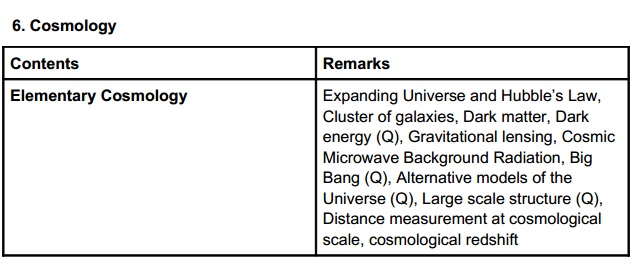Practical Part
This part consists of 2 sections: observations and data analysis sections. The theoretical part of the Syllabus provides the basis for all problems in the practical part.
The observations section focuses on contestant’s experience in
1. naked-eye observations,
2. usage of sky maps and catalogues,
3. application of coordinate systems in the sky, magnitude estimation, estimation of angular separation 4. usage of basic astronomical instruments–telescopes and various detectors for observations but enough instructions must be provided to the contestants.
Observational objects may be from real sources in the sky or imitated sources in the laboratory. Computer simulations may be used in the problems but sufficient instructions must be provided to the contestants.
The data analysis section focuses on the calculation and analysis of the astronomical data provided in the problems. Additional requirements are as follows:
1. Proper identification of error sources, calculation of errors, and estimation of their influence on the final results.
2. Proper use of graph papers with different scales, e.g., polar and logarithmic papers. Transformation of the data to get a linear plot and finding “Best Fit” line approximately.
3. Basic statistical analysis of the observational data.
4. Knowledge of the most common experimental techniques for measuring physical quantities mentioned in Part A.



